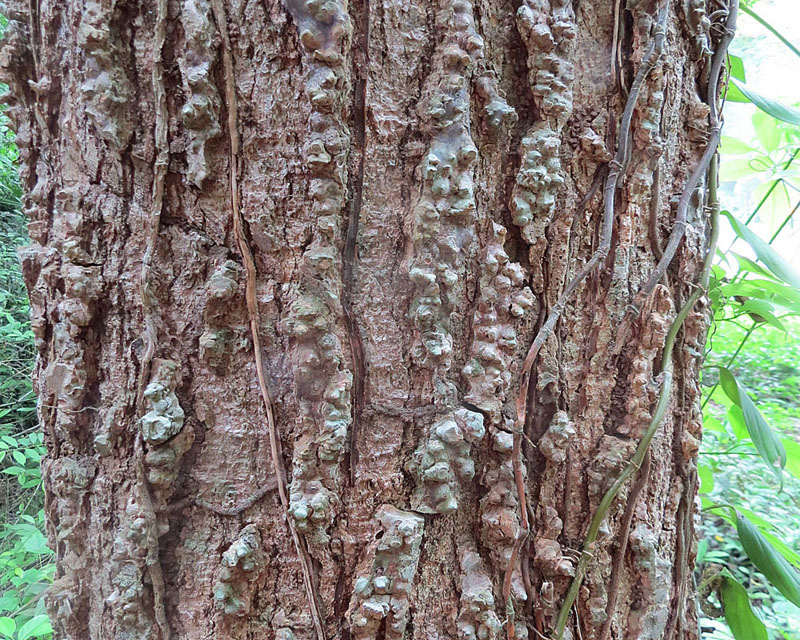Spanish Cedar
Species Data
Class: Magnoliopsida
Order: Sapindales
Family: Meliaceae
Scientific Name: Cedrela odorata
IUCN Red List status: Vulnerable
Description
A commercially important plant, Spanish Cedar (also known as Cuban Cedar or Cedro) is a mid-sized tree that grows up to 30 meters. Its wood was traditionally the most common choice for classical Spanish guitars. It is not a cedar, but produces a pungent sap that is reminiscent of cedar sap. Over-harvesting and deforestation have reduced the population by around 30% in the last 100 years.
Main Image: Cedrela ordorata © Dick Culbert (License: CC 2.0)
Climate and Range
Spanish Cedar can be found throughout northern South America from North Mexico to Paraguay and many of the islands of the Caribbean. As a monoecious species with wind dispersing seeds, they are able to spread relatively easily and is a fast-growing pioneer species. It is pollinated by a range of insects. However, populations are now highly fragmented with little to no forest between them.

Threats and Conservation
The wood of Spanish Cedar is much sought after and has resulted in over-exploitation of the species. The logged wood tends to be used in making furniture. In Guatemala, the bark is used as a medication to ward off fevers and may have some anti-malarial properties. As a shade-growing species, Spanish Cedar are an ideal plant for reforestation efforts in Amazonia and a large number have been planted. There are large collections of this species across the world and a large effort has been made in many local areas to protect these trees which are now listed in CITES Appendix III.
